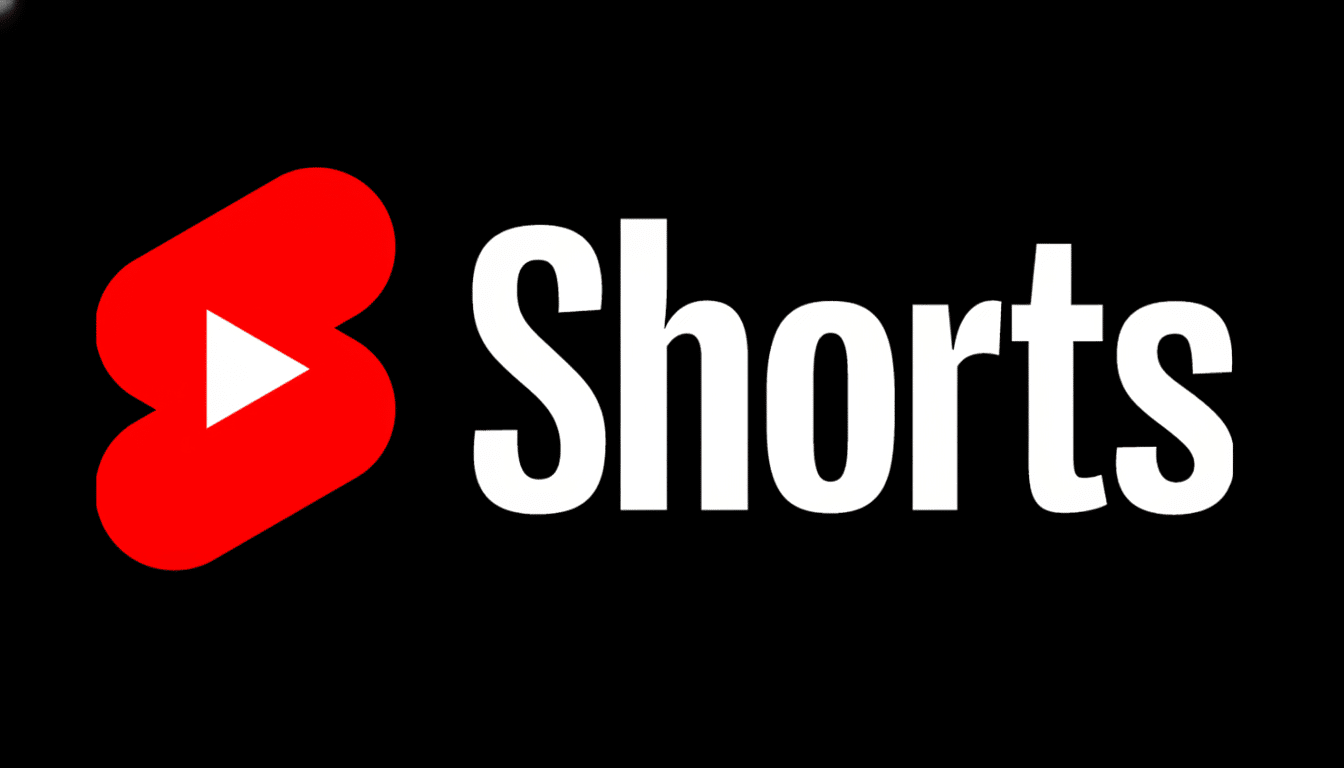YouTube is launching a new Shorts timer to serve as a speed bump for mindless swiping. Set a daily maximum, and when you reach it, the app flashes a dismissible screen that momentarily halts the Shorts feed. It’s less of a hard lock than a gentle nudge, but it is a significant shift toward giving users more control over what has been engineered as an information format for rapid consumption.
The feature comes at a time when short-form video has taken over much attention. YouTube says Shorts is viewed more than two billion times by logged-in users a month, and the format regularly garners tens of billions of daily views. A timer’s not going to turn that gravitational pull around overnight, but the right amount of friction can make behavior matter.

The Idea Behind the YouTube Shorts Usage Timer
The timer is opt-in. You can set a daily limit in the YouTube app’s settings, and when you run out of your online allowance for the day, the Shorts feed of videos pauses with a reminder. You can dismiss the prompt and continue scrolling, but if you don’t, the Shorts feed remains disabled until the following day. Importantly, Shorts can still come in other places — on the Home tab or through search — which is what this feature specifically addresses: the infinite vertical feed.
Parental control integration in YouTube is coming later this year, the company says. For now, the timer is working independently from supervised experience settings, so households looking for a more aggressive enforcement will probably still want to bundle this with system tools.
Why This Matters for Digital Well-being and Control
But by design, short-form feeds are sticky. They mix variable rewards, full-screen immersion and seamless swipes in a potent combination — an effective loop that keeps sessions coming. Studies of attention and habit loops consistently find that small “frictions” can disrupt automatic behavior, particularly when strategically timed.
There is, as well, a growing usage reality. Ninety-five percent of U.S. teens said they have access to a smartphone, and 45% say they are online “almost constantly,” according to a Pew Research Center survey; about half say they share their YouTube handles with the public, but only 6% say they use their real names as usernames. The most recent report from Common Sense Media says teens now spend an average of about five hours a day on social media. A countdown timer is not the solution to overuse, but it can serve as a useful reality check for any of those who want help maintaining control.

How It Fits with Competing Screen-Time Tools
YouTube already has Bedtime Reminders and Take a Break prompts, as well as a Time Watched dashboard that displays daily averages and streaks. The new Shorts timer is slimmer and more action-oriented. Instead of simply a nudge, it aims firepower where time respawns the fastest — the vertically scrolling feed.
On the device side, Android’s Digital Wellbeing and Apple’s Screen Time allow people to set app-wide limits. You are not going to beat those for hard caps, especially in a family. Think of YouTube’s timer as an overlay: a contextually relevant check-in that shows up when you’re swiping through Shorts, not after you’ve stopped.
Practical Tips and Trade-offs for Using the Timer
- Begin with a doable daily cap. There needs to be one (okay, maybe two) thing you absolutely will not go over on any given day. If Shorts is where you find yourself spending an hour every evening, slashing the time required overnight could cause nothing more than a prompt being dismissed.
- Aim for a 20–30% decrease and re-evaluate weekly. Add multiple checkpoints to long sessions by combining the Shorts timer with Take a Break reminders.
For parents: Keep an eye on the promised integration with supervised accounts. But until then, use the combined Shorts timer and Family Link controls on Android, or Screen Time on iOS for hard limits. From a creator point of view, anything that decreases passive consumption seems a tad threatening, but time-boxed high-intent types of viewing can strengthen the quality and satisfaction in which engagement is made.
Rollout: Where It Is Now, and What to Expect
Not everyone will see the Shorts timer right away, since it’s being rolled out gradually. When it arrives in your account, open the YouTube app, tap on Settings and look for options under Time Watched or Digital Wellbeing. Set a daily limit, give it the ol’ threshold what-for and you’re all set — that endless scroll has just halted in its tracks and won’t continue until you’ve been reminded.
It’s a small feature with outsize power. By frictioning just the right amount at the right time, YouTube is testing a middle path between unbound scrolling and locked-down rigidity — giving users who want more control an easy, timely way to take it.

